How to plant roses — 5 steps for a strong, healthy rose plant that thrives for years to come
Our guide includes key tips from expert gardeners
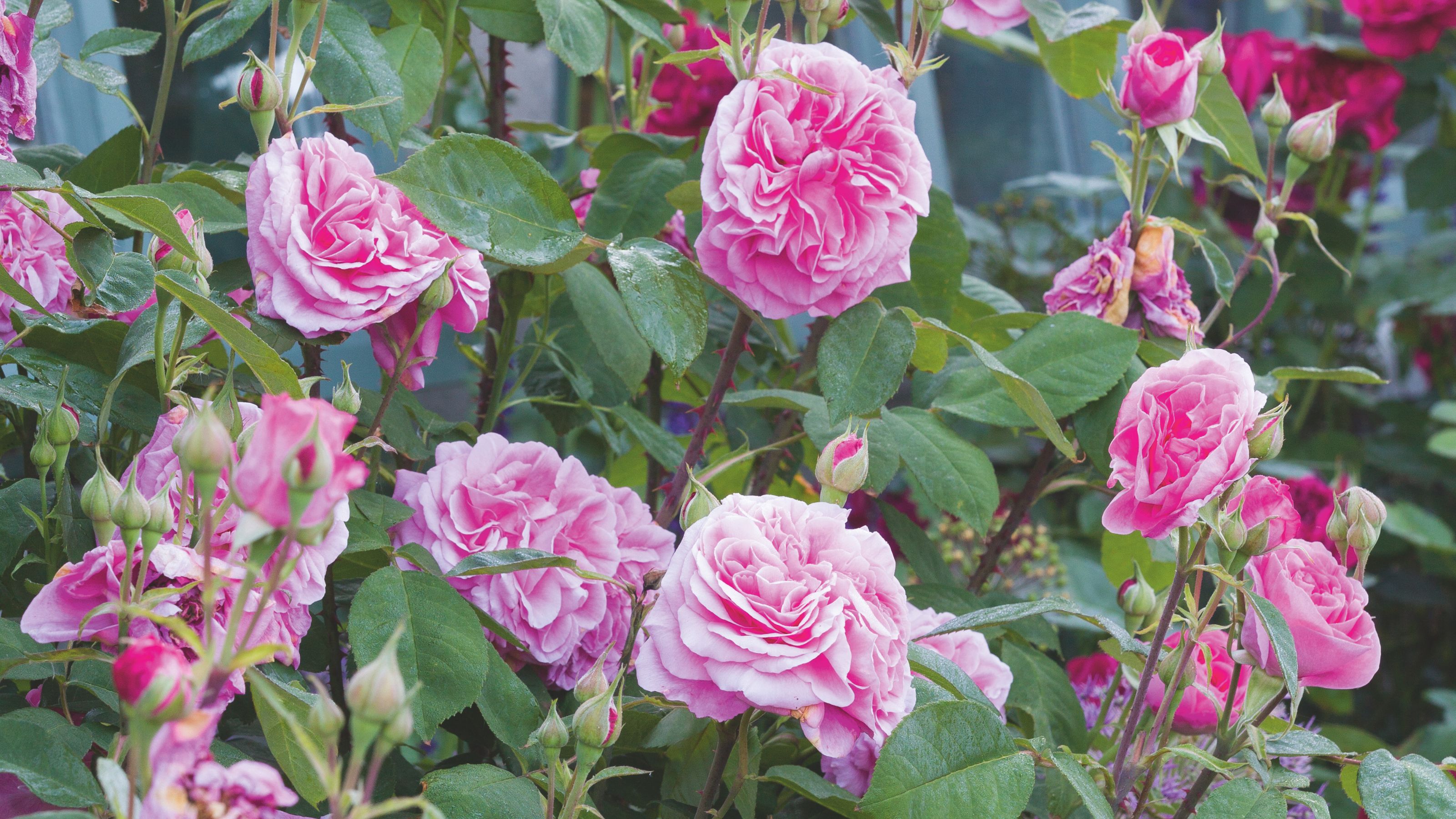

If you’ve always wondered how to plant roses, now is the perfect time to learn.
That’s right — we’re in peak rose-planting season, so it’s a great opportunity to learn how to grow roses for years of beautiful blooms to come.
So, now you know it’s a good time to plant roses, you can start picking out the varieties you want to grow. But before you get to work, take a look at our step-by-step guide on how to plant roses, which includes exclusive tips from expert gardeners from the National Trust and more.
What you’ll need
- A rose plant like Rose 'Queen Elizabeth' from J. Parker's
- A spade like the Spear & Jackson Traditional Stainless Digging Spade from Amazon
- A garden fork like the New Garden Border Digging Fork from B&Q
- Gardening gloves like the NickyPicky Gardening Gloves from Amazon
- Compost like Miracle-Gro Peat Free Premium Rose, Tree & Shrub Compost
- Mulch like Strulch from Amazon
1. Choose the right spot
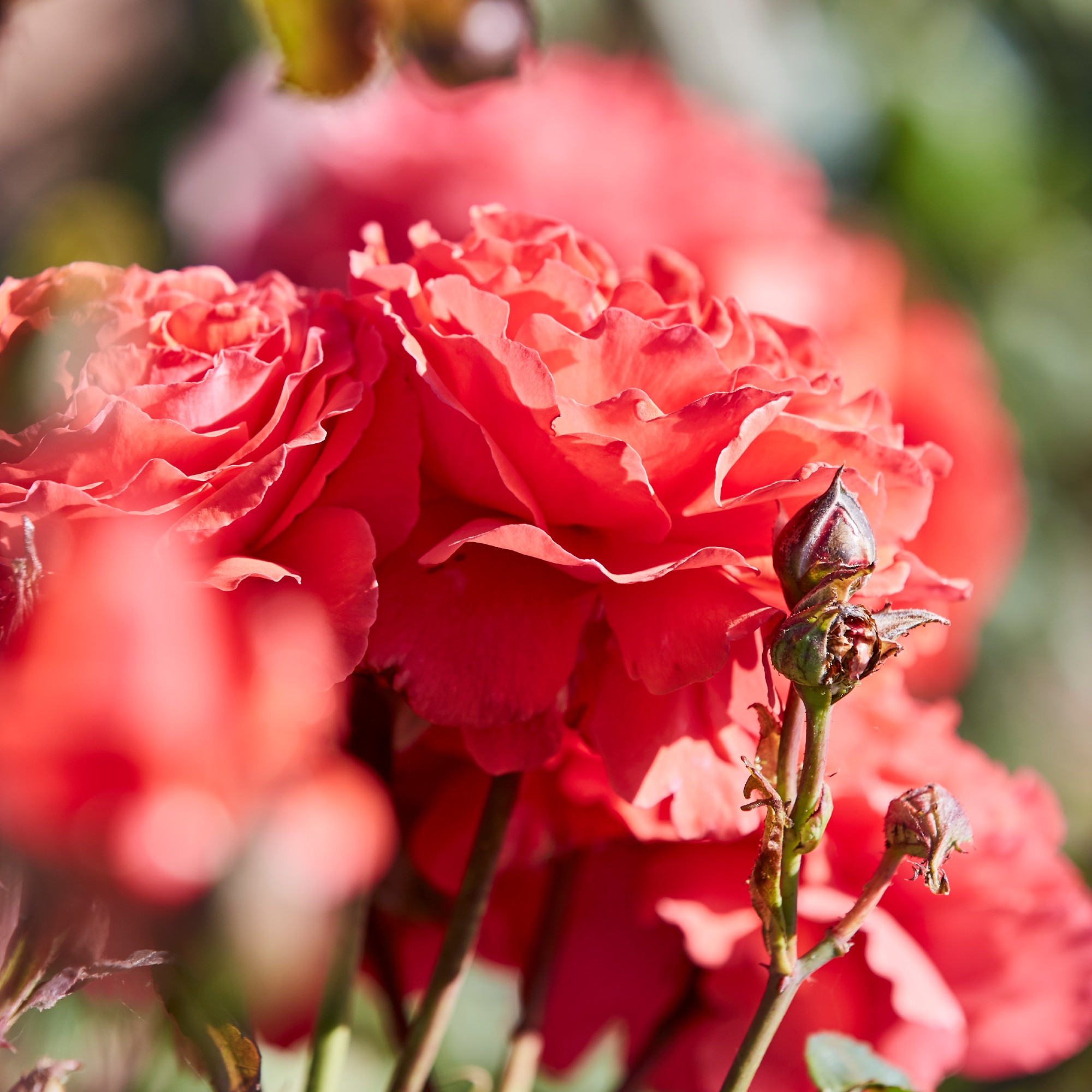
If you’re learning how to plant roses for the first time, selecting the best planting position will stand your plant in good stead for the years ahead.
‘When choosing your ground for planting roses, make sure you pick a spot that gets a lot of sun exposure,’ advises Mark Dwelly, head gardener at Audley Villages. ‘In an ideal world, roses would get at least four to six hours of sun a day, but that is sometimes tricky in the UK!’
You’ll also need to make sure the ground is in a suitable condition, which brings us to our next step...
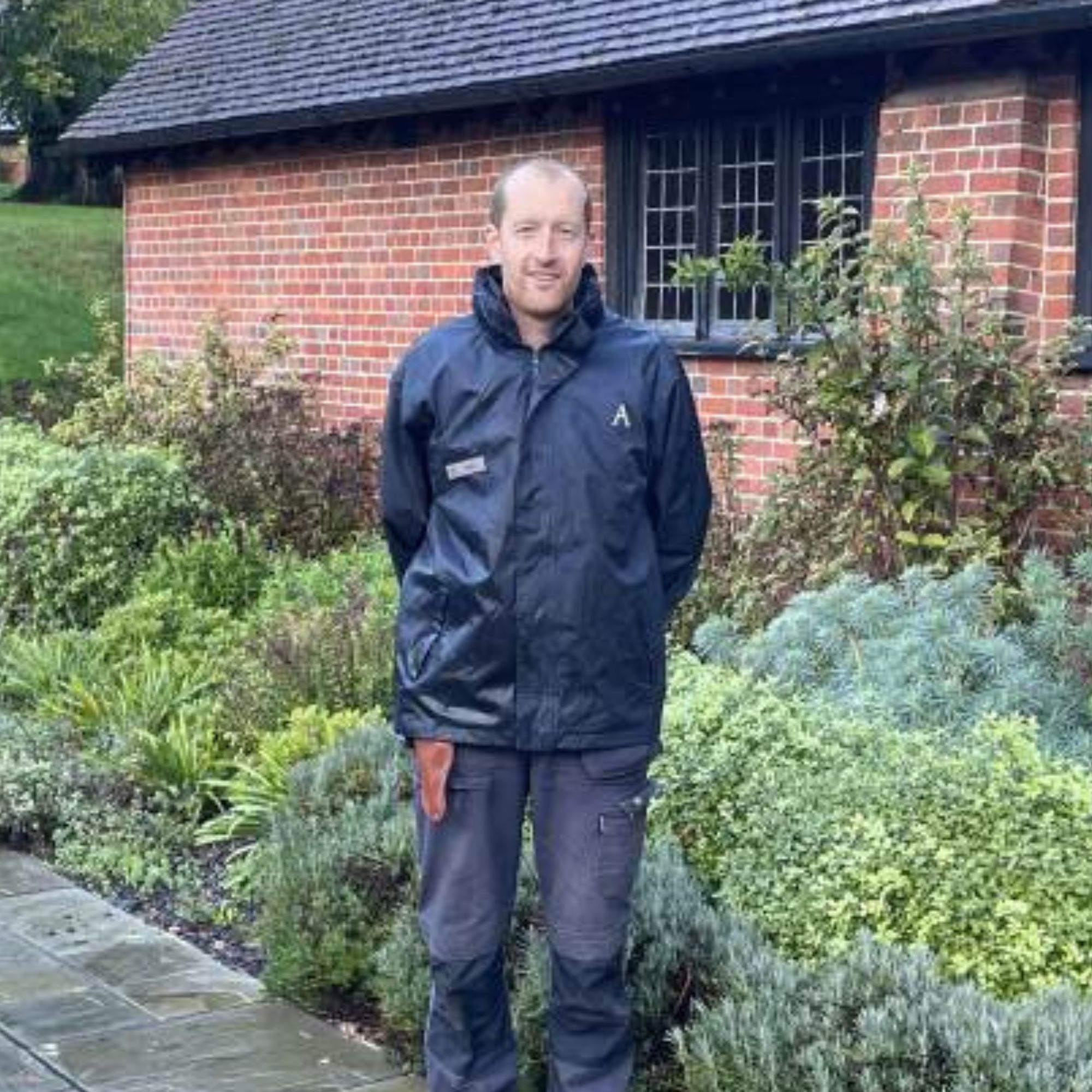
Mark Dwelly got into gardening after paying attention to green spaces when playing golf. He went to horticultural college and his career stemmed from there. After looking after the grounds of a private school, he then started at Audley Stanbridge Earls, looking after 32 mixed acres of woodlands, lakes and vast gardens. He since has been promoted to Head Gardener for the group.
2. Prepare the planting hole
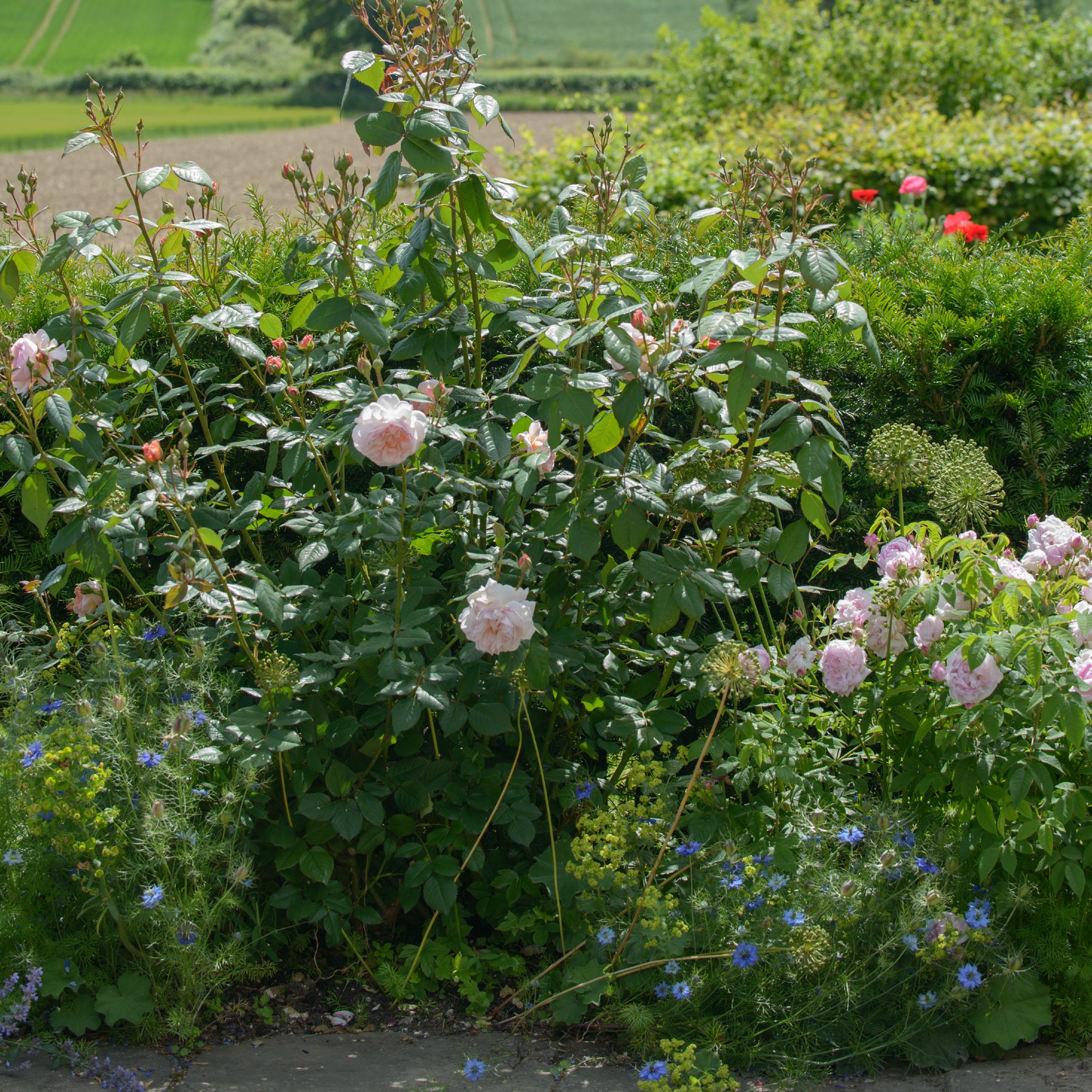
Before you take your rose out of its pot, you’ll need to make sure its planting hole is in tip-top condition.
To find out the best way to prepare the soil, we spoke to Michael Harvey, senior gardener at the National Trust’s Mottisfont in Hampshire, which is home to the National Collection of pre-1900 shrub roses.
‘Dig a square hole, add good mulch to the soil you have dug out, and mix it all in,’ he says. ‘Also add some mulch to the hole before you plant the rose, as this will be a good, long-lasting feed.’
While manure is a go-to for many gardeners preparing their soil for winter and beyond, Michael suggests we steer clear of fresh manure when it comes to planting roses.
‘It is very strong in potassium and phosphates and can be toxic for the rose,’ he warns.
3. Soak the roots
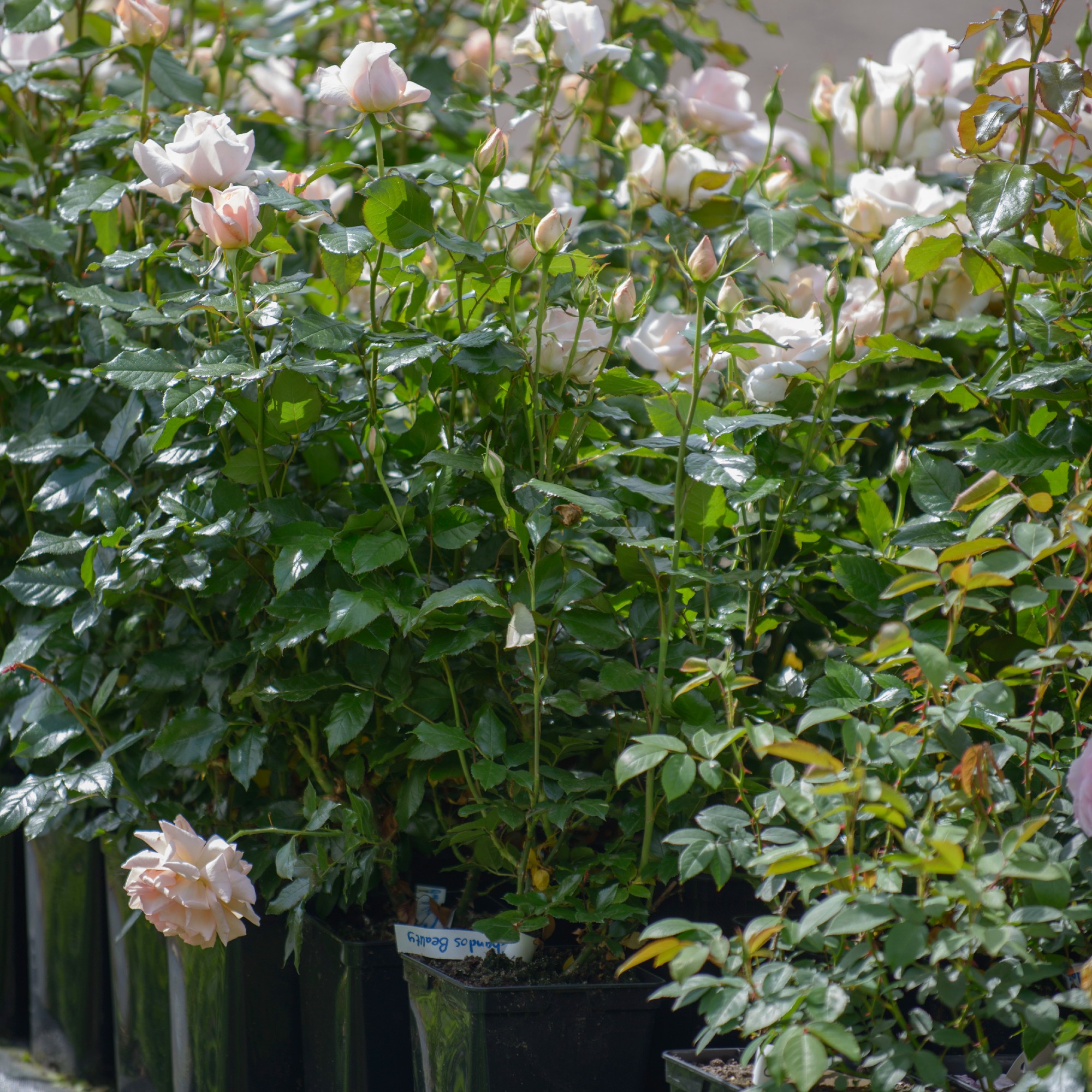
If you’re planting a bare-root rose, it’s a good idea to soak the roots in water for a little while before you plant it.
‘Never allow your rose’s roots to dry out before planting, particularly if you’ve bought a bare-root plant,’ warns Susie Curtis, horticultural buyer at Johnsons Seeds.
‘Plunge the roots in a bucket of water if they appear dry, or keep them covered with an old compost bag until you’re ready to plant.’

Susie trained with the National Trust for Scotland and then worked at an RHS Garden as a Horticulturist, developing her skills in all aspects of gardening, from drought-tolerant garden design to formal topiary and ornamental rose pruning. She has also worked at large private gardens through all weathers and seasons.
4. Plant your rose
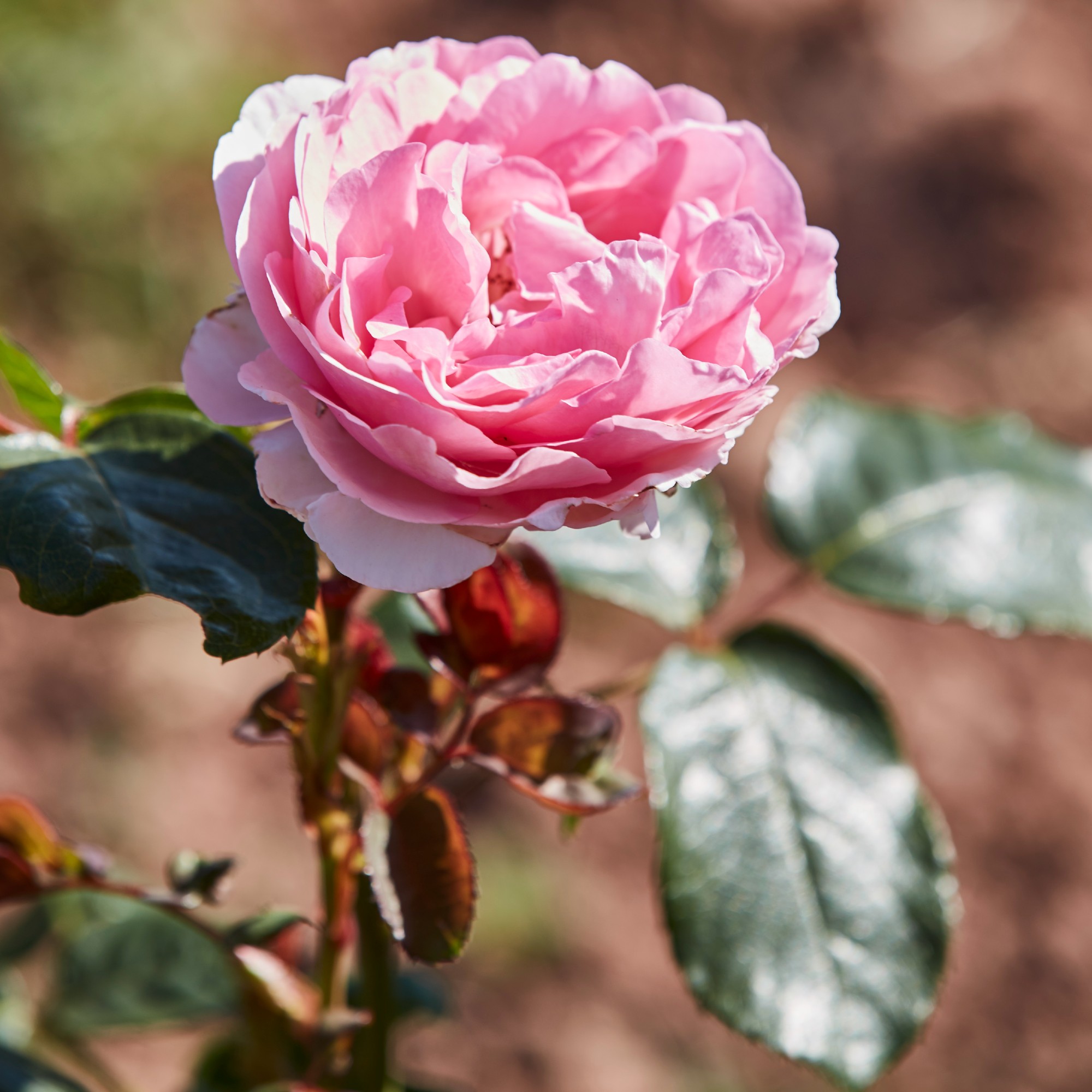
Now, it’s time to plant your rose. Make sure your prepared hole is large enough for all of the roots.
‘When digging a planting hole, make sure you loosen up the soil at the base of the hole, as this will enable your rose’s roots to more easily penetrate into their surroundings,’ says Susie.
Try to position the rose in the centre of the hole, and place the nubby point where the branches grow from the base of the rose a couple of inches below the soil level (we’ve explored that a little further in the FAQs at the bottom of this page).
‘As many regions in the UK have a colder climate, I’d recommend at least an inch deep,’ says Mark. ‘This will protect your graft union and allow the roots to settle deeper over time.’
5. Backfill the hole and water in
Once you’ve positioned your rose, you can start to fill in the hole around the plant. Use the soil you just dug out and improved, and lightly firm it around the base of the plant. Many gardeners use their feet to do this.
‘Then, water your rose in well and mulch with organic matter such as compost,’ says Susie.
And, voila! A freshly planted rose, just like that. Not too bad, right?
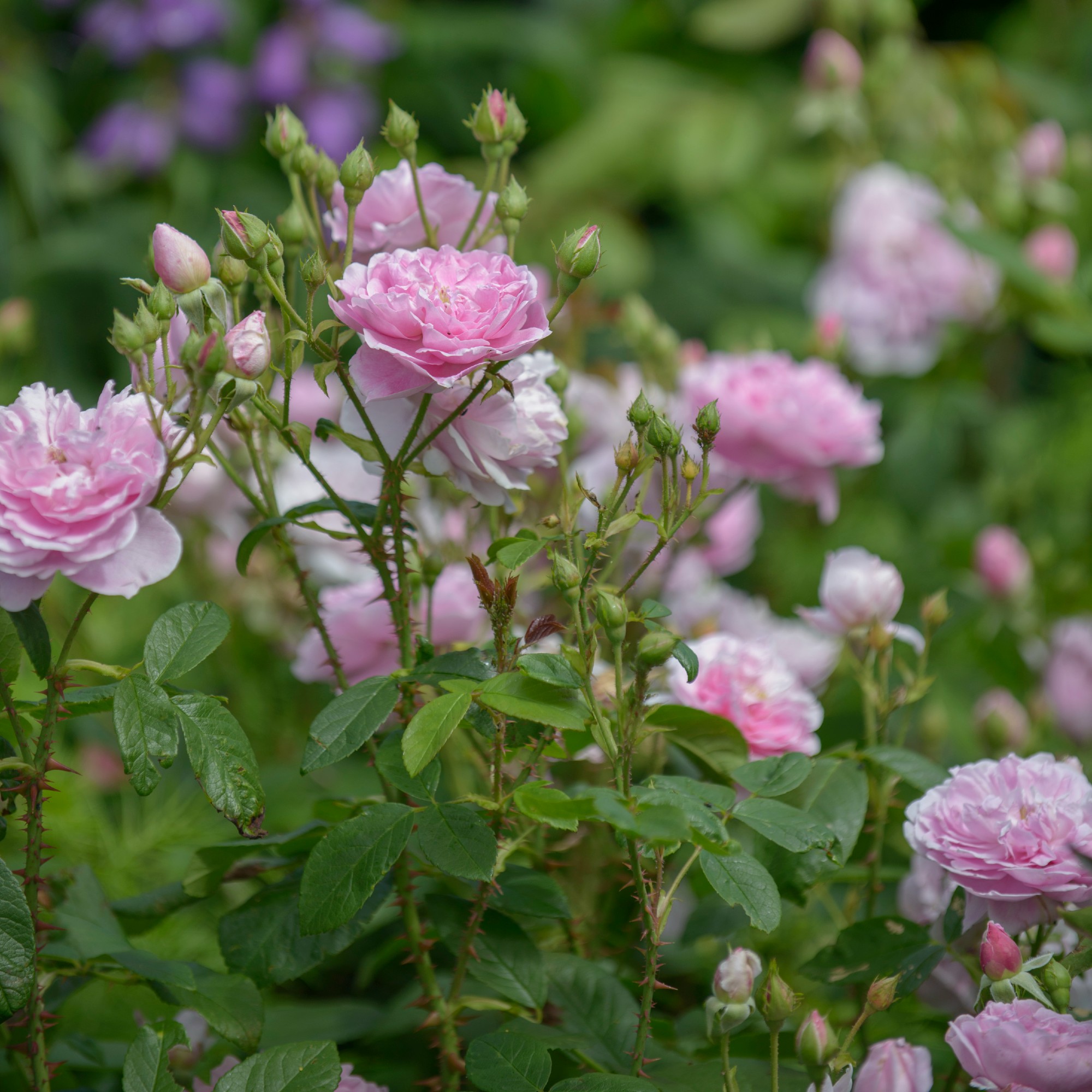
FAQs
Should roses be planted deep?
It’s an age-old question: how deep should you plant roses?
Well, first, it’s important to understand the anatomy of a rose plant.
‘Between the stems and the roots of the rose is the bud union,’ explains Mottisfont’s senior gardener, Michael. ‘This is where the graft between the rootstock and the bud is. It is a great marker for planting, and you should plant the rose so that the bud union is two to three inches below the soil surface.’
Why? ‘The reason for this is that it reduces the chances of wind rock, which mainly affects shrub roses,’ Michael says.
Should you add mycorrhizal fungi when planting a rose?
Mycorrhizal fungi is commonly used by gardeners when preparing a planting hole for a rose. But is it worth it?
‘Adding mycorrhizal fungi when planting will help the rose absorb nutrients from the soil long-term,’ says the National Trust’s Michael. ‘It is a much-debated topic, but adding it will not harm the plant. Every little helps for the growth of the rose.’
If you do decide to incorporate it, you can buy RHS-endorsed Empathy Rootgrow Mycorrhizal Fungi from Amazon.
Our guide covers how to plant roses in the ground, but if you're wondering how to grow potted roses, the process is similar — mostly.
Get the Ideal Home Newsletter
Sign up to our newsletter for style and decor inspiration, house makeovers, project advice and more.

Sophie joined the Ideal Home team as Gardens Editor in June 2024. After studying English at Royal Holloway, University of London, she began writing for Grow Your Own, which spurred on her love of gardening. She's tried growing almost every vegetable under the sun, and has a soft spot for roses and dinnerplate dahlias.
As Gardens Editor, Sophie's always on the lookout for the latest garden trend. She loves sharing growing hacks for every space, from herbaceous borders to balconies.
You must confirm your public display name before commenting
Please logout and then login again, you will then be prompted to enter your display name.
-
 Want to cook like Jamie Oliver? Here's the top-rated pan from his collection
Want to cook like Jamie Oliver? Here's the top-rated pan from his collectionJamie's collaboration with Tefal has led to this casserole dish getting the best user reviews I've ever seen
By Molly Cleary
-
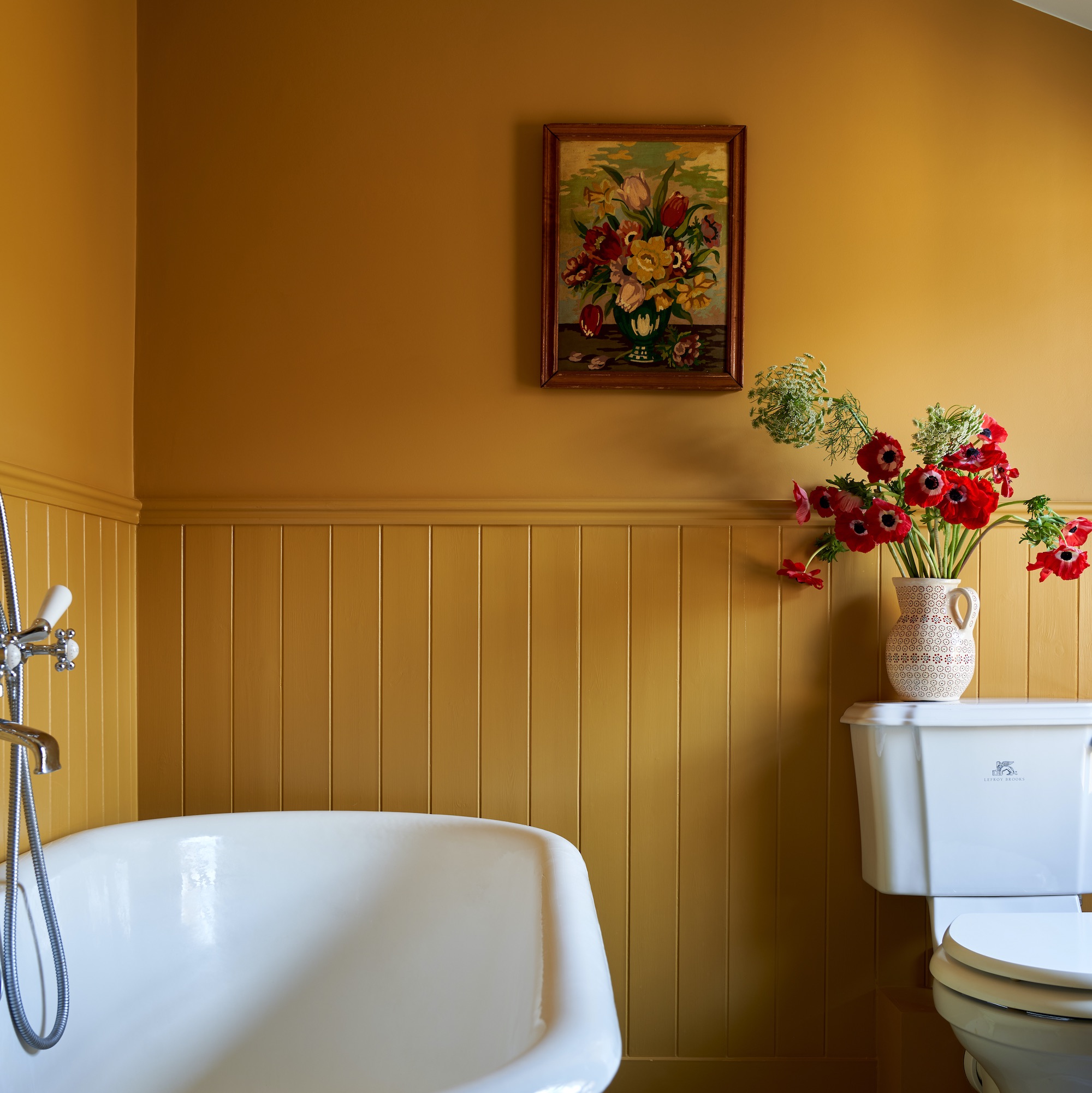 7 best colours to paint a windowless bathroom that will transform the mood of a dark wash space
7 best colours to paint a windowless bathroom that will transform the mood of a dark wash spaceA bathroom without a view needn’t sink your plans for a warm and welcoming retreat
By Linda Clayton
-
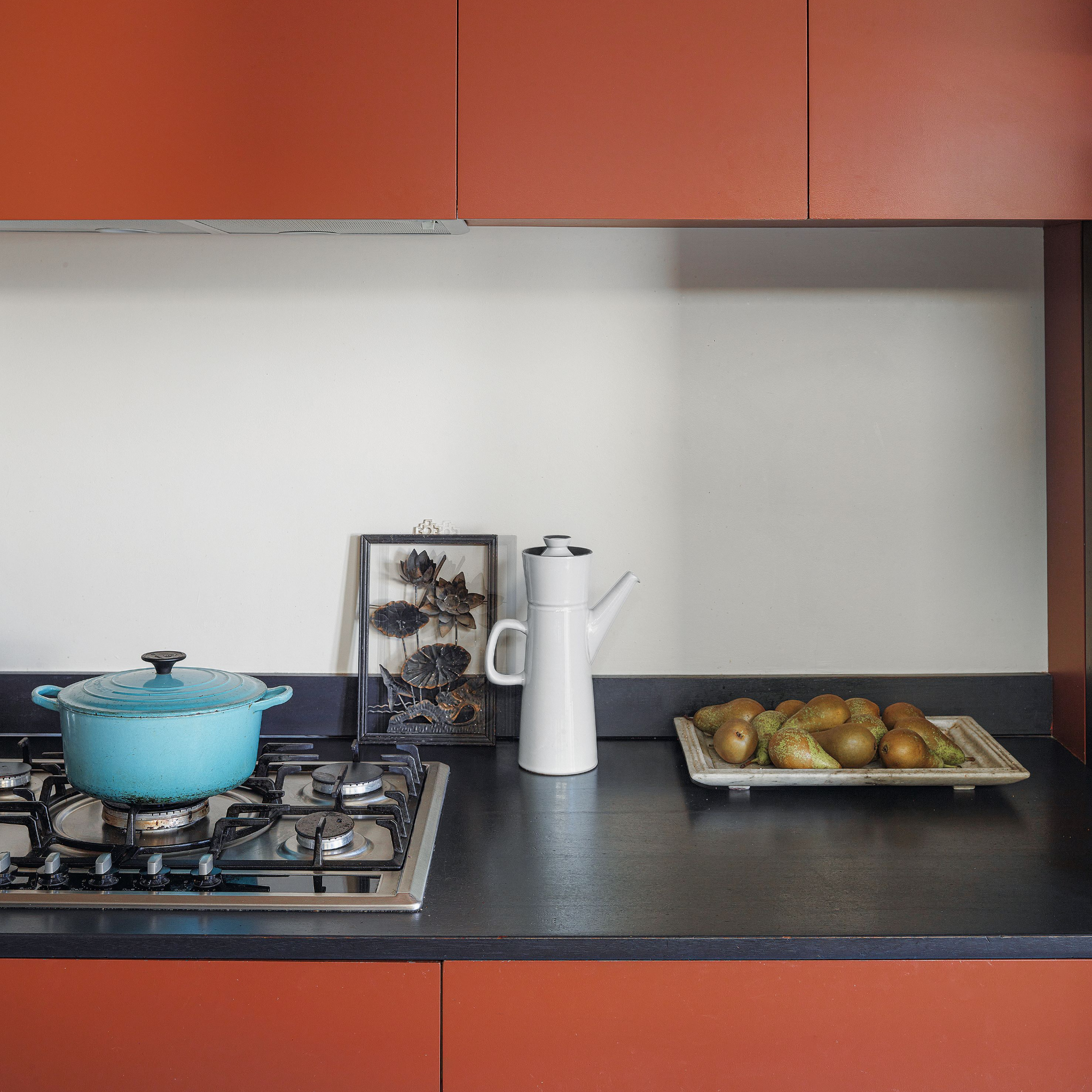 I’ve found a stunning £40 buy that rivals Le Creuset at Wilko - this casserole dish is a dead ringer for one of the most summery colourways
I’ve found a stunning £40 buy that rivals Le Creuset at Wilko - this casserole dish is a dead ringer for one of the most summery colourwaysYou just can't beat finding a great Le Creuset alternative
By Kezia Reynolds